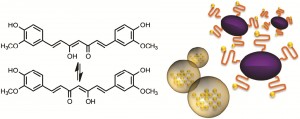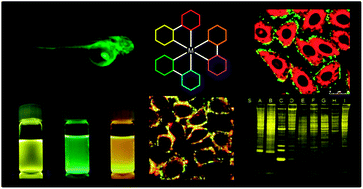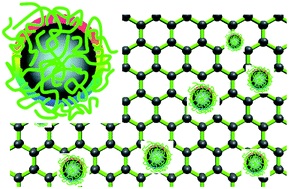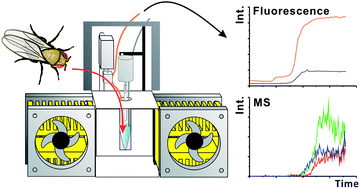Turmeric, a spice commonly used in curries, contains a natural polyphenol called curcumin, which has been revealed as a promising anti-cancer therapeutic.
Tautomeric forms of curcumin and nanoparticle drug delivery systems
The undesirable properties and side effects of current anti-cancer therapeutics have inspired scientists to search for a natural remedy which may be better tolerated. Curcumin has been demonstrated to inhibit cancer cell survival and to induce apoptosis without promoting the development of side effects.
Studies comparing the incidences of cancer in India and the West revealed that there was a lower risk of cancer in India. It is proposed that a major contribution to these statistics could be the increased intake of plant derivatives, such as curcumin, into the diet. In Asia, turmeric has been used for its medicinal properties for more than two thousand years!
In the 1800s scientists were able to isolate the curcumin molecule, but the structure wasn’t elucidated until 1910 – it is the structure which is responsible for its unique physiochemical and biological properties:
- Often used as a dye due to its vibrant colour.
- Increases the thermal stability of collagen, used for dermal wound healing.
- Stability is maintained at room temperature allowing it to be used for medicinal purposes.
Traditional medicine has used curcumin to treat several conditions including inflammation, respiratory infections and blood clotting, but there is a rapidly growing interest in its effects on cancer.
Curcumin has yet to be licenced as a drug, possibly due to its susceptibility to rapid degradation in a wide range of environments and its sensitivity to pH and light. Under certain conditions curcumin becomes unstable and degrades, yielding other compounds. As many drug delivery systems tend to stabilize curcumin it needs to be determined whether it is curcumin itself or its degradation products that provided the biological activities observed.
To find out more about the chemical properties, bioactivity and approaches to cancer cell delivery of curcumin, read the full review by clicking the link.
Curcumin, a promising anti-cancer therapeutic: a review of its chemical properties, bioactivity and approaches to cancer cell delivery
Melessa Salem, Sohrab Rohani and Elizabeth Gillies
DOI: 10.1039/C3RA46396F
Access is free* until the 28.03.14 for registered users
*Access is free for 4 weeks through a registered RSC account – click here to register














